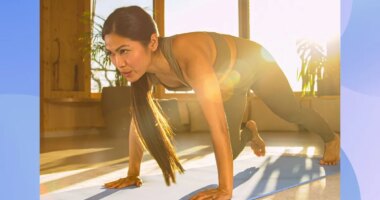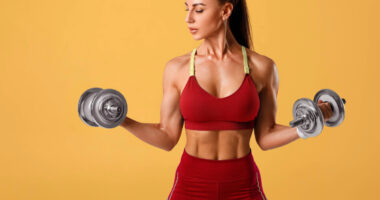
COVID-19 And ARDS
COVID-19 is directly related to ARDS as its severe stage probably leads to lung conditions like ARDS and pneumonia. ARDS is characterised by respiratory failure, ventilation and perfusion mismatch and accumulation of fluid in the air sacs. A report says that mortality rate linked to ARDS is between 22-44 per cent. [1]
ARDS is caused by many factors but after the outbreak of COVID-19, it was noted that COVID-19 symptoms rapidly get progressive in people with ARDS. The characteristics of COVID-19-related ARDS patients and ARDS due to other factors are found to be different when evaluated.
COVID-19-related ARDS mainly affects the respiratory system with minor injuries to other organs while ARDS due to other factors can cause heart failure or renal damage along with impairment of the lungs.
The onset of symptoms in the prior is between 8-14 days while the latter shows symptoms within a week. [2] Also, in COVID-19 induced ARDS, the common symptom is dry cough while in normal ARDS condition, a foamy or bubble-like mucus is formed.
 When Will the COVID-19 Pandemic Peak And End? A Data-Based Report
When Will the COVID-19 Pandemic Peak And End? A Data-Based Report

What Is Prone Positioning?
Prone positioning refers to a body position that promotes improved gas exchange in the lungs in people with ARDS. The method has shown a significant decrease in mortality and improved lung function.
Usually, in the treatment of ARDS, ventilators are required for days to improve oxygenation which results in increased hospital cost. This is why prone positioning is recommended as it comes with no cost, helps reduce pleural pressure and improve the oxygenation in the lungs. It is mainly used as a rescue strategy in many severe cases.
Prone positioning is done by bending on your knees (in a dog-like position), joining both the hands on the ground (like you do while sleeping on a table) and keeping your head above your hands. Then, deep breaths are taken in and coughed out.
There are other prone positions like lying flat on your stomach with pillows under your chest. However, the above method is considered effective. [3]
READ RELATED: National Nutrition Week: 5 Surprising Benefits of Whey Protein
The prone position helps mobilise the thick mucus present in the bottom portion of the lungs so that an individual can cough it out. This position also improves oxygenation in the lung region which is close to the heart as sometimes, due to fluid overload in the lungs, the heart gets damaged leading to heart failure.
Many studies demonstrate that prone positioning causes homogeneous aeration of the lungs. The CT scan and aeration and ventilation results also show improved homogeneity in this position. This improves the blood flow in the dorsal and injured lung regions and helps in improving the condition.
Image source: www.geekwire.com/
 COVID-19: How Understanding Fluid Mechanics Can Help Tackle The Virus Spread
COVID-19: How Understanding Fluid Mechanics Can Help Tackle The Virus Spread

Does Prone Positioning Help In Managing COVID-19 Patients?
Prone positioning is highly effective when carried out by patients with severe ARDS and applied for at least 12 hours a day. Patients with mild symptoms are usually not recommended. Also, some studies show side effects of this position such as accidental removal of the tracheal tube, facial oedema, bending of the chest tube, excess salivation and stomach reflux. [4]
A study talks about a 50-year-old man with COVID-19-related ARDS. He was successfully treated with prone positioning with improved ventilation and drainage of secretions from the lungs. In the same study, the position was again applied to 10 more patients with an average age of 41 years and with 30 per cent of them with preexisting conditions such as diabetes. The results were amazing as they all were discharged within an average of 4.8 days, with no problems later. [5]
Therefore, it is concluded that prone positioning can help reduce mortality and manage COVID-19 patients.
 Pneumothorax (Collapsed Lung): Types, Causes, Symptoms, Risk Factors And Treatments
Pneumothorax (Collapsed Lung): Types, Causes, Symptoms, Risk Factors And Treatments

To Conclude
Prone positioning has been used since earlier days as a therapy to improve oxygen levels in the lungs. Over time, several studies have shown its efficacy for survival in conditions such as ARDS, pneumonia and even in recent COVID-19. Though the criteria for performing this position among patients is quite low, among needed patients, it is very effective in improving the condition.
Source:









